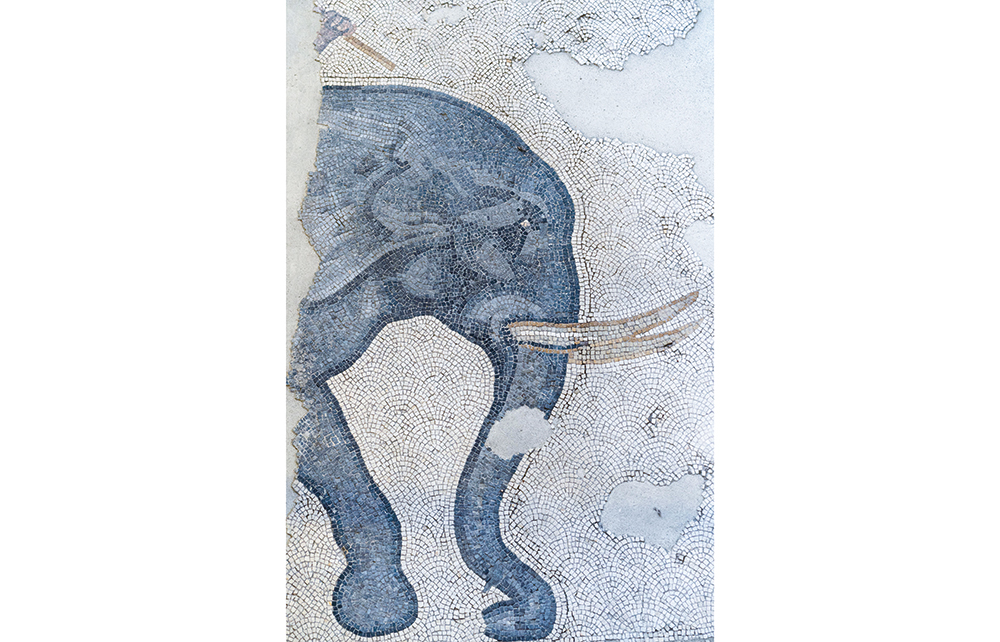Did you know that the elephant was the most written about animal in the Roman world? Pyrrhus of Epirus, of victory fame, was the first to introduce it to Italy as an engine of war when he invaded in 280 BC. Roman soldiers could not decide whether it was an animal or a machine. Eventually they plumped for luca bos (‘Lucanian cow’), though the creatures came from India rather than Italian Lucania and were more inclined to trumpet than moo.
And did you know that the people of Roman Cyrene in Libya were legally obliged to declare war on locusts three times a year? The swarms were so deadly that inhabitants had to employ a three-staged attack. The eggs were killed first, then the grubs, and finally the mature insects. The people of Lemnos were similarly tasked with delivering dead locusts to their magistrates each year.
And did you know that the largest pigeons in Italy came from Campania in the south? Or that black-haired dogs were considered the most intimidating and therefore most effective guard dogs in Rome? Or that the hooves of Julius Caesar’s beloved horse Genitor were purportedly cloven in such a way as to resemble toes?
Battle Elephants and Flaming Foxes is a ‘Did You Know?’ kind of a book.

Get Britain's best politics newsletters
Register to get The Spectator's insight and opinion straight to your inbox. You can then read two free articles each week.
Already a subscriber? Log in







Comments
Join the debate for just $5 for 3 months
Be part of the conversation with other Spectator readers by getting your first three months for $5.
UNLOCK ACCESS Just $5 for 3 monthsAlready a subscriber? Log in